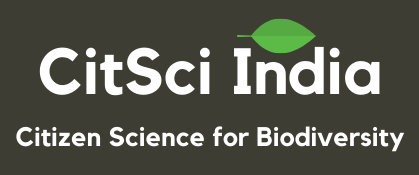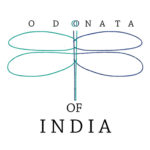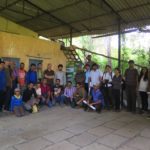Dragonflies and Damselflies (Odonata) are some of the most charismatic insects with an amphibious lifecycle. Odonata of India is a peer-reviewed biodiversity platform that is designed to disseminate comprehensive information on the biology and identification of odonates, encourage their observation to study natural history, gather population and distributional data in a centralized database, and spread awareness about dragonfly conservation.
(a) To help in understanding ecology and distribution of dragonflies and damselflies by providing a platform designed to aggregate, display and analyse peer-reviewed biodiversity data.
(b) To host taxon-specific information on identification and natural history.
Odonata of India is a biodiversity informatics platform, homegrown, custom-made, and hosted in a national institution. The platform is dedicated solely to Indian odonates, and provides features that are designed keeping the end-user in mind. The website is also the most comprehensive image library of Indian Odonata.
No prior preparation or expertise is required, although prior experience will help contributors and users get more out of this platform. Thus, beginners as well as advanced naturalists, nature lovers, students and practicing scientists can participate in this project


